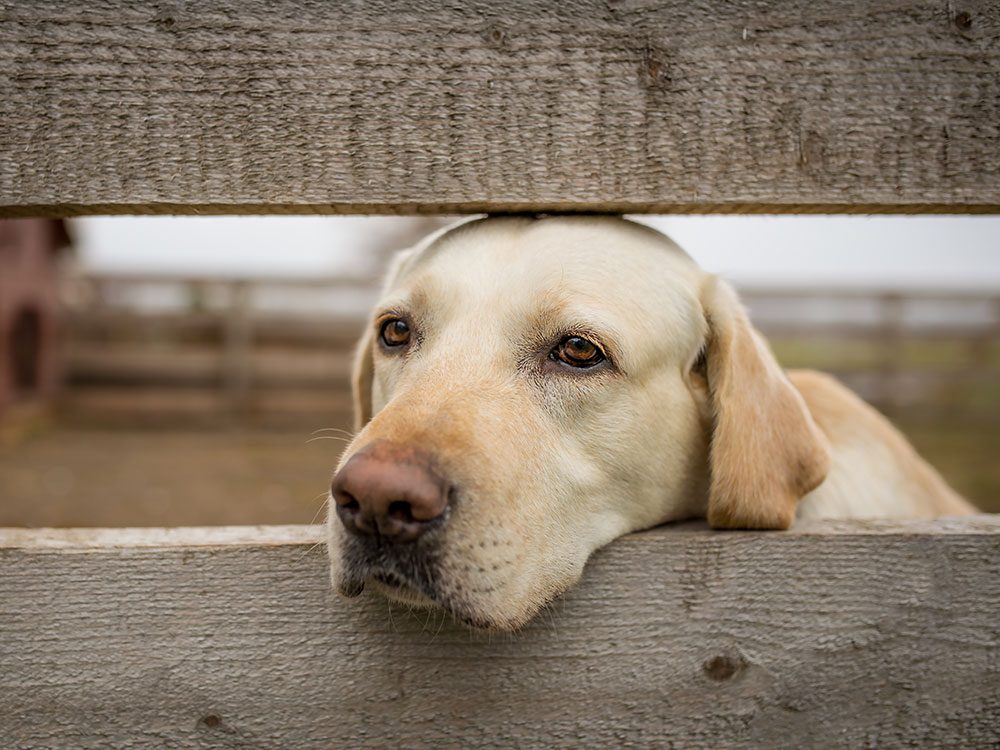
Is Your Pet Jealous?
You’ve seen it before: your cat’s instinct to lunge across your keyboard when it’s time to work, or your dog’s frantic dance when you finally settle down in front of a movie. As soon as your attention is divided, pets get jealous – or so it seems to us.
Animal behaviourists are still skeptical about whether domesticated animals fall prey to the same green-eyed monster that we do. “The balance of evidence is that they experience basic emotions, such as anger,” says Paul Morris, a professor of psychology at the University of Portsmouth in England. Studies of animal psychology have also determined that a wide range of species emote feelings like fear, surprise, joy and panic. But chances are, Morris says, pets have the capacity for more complex sentiments like jealousy.
Several studies, including one of Morris’s, have shown that non-primate animals are capable of secondary emotions, such as guilt, shame and pride. But, unlike using neurobiological or physiological responses to examine primary feelings, such as fear and anger, data on secondary emotions in animals relies on human accounts of what they thought the pets were experiencing; we don’t yet have a way to study them directly.
Whether we call it jealousy or not, pets do suffer angst and rely on their caregivers for more than food and shelter. “Understanding the emotional needs of a pet is important to the extent that we care about animal welfare, if for no other reason than we know that emotional distress causes physical illness,” says Morris. Stress leads to symptoms such as elevated heart rate, high blood pressure, and altered gastrointestinal and reproductive function. We also know that for both humans and animals, stress can increase susceptibility to viral and bacterial infection.

Common reasons pets get jealous
Major life changes, such as bringing home a new baby, can cause anxiety that looks like envy in your pets. Some dogs act possessive of things and people they value, behaving aggressively to anyone who threatens what’s theirs, says Toronto animal behaviourist Dorothy Litwin. “This is often interpreted as jealousy by humans but is actually a manifestation of protective, attention-seeking and dominant behaviours.”
Preparing ahead of time can smooth the transition. Litwin recommends anticipating how your routine will shift and introducing new patterns to your pet beforehand. “If the couch will be off limits once a baby arrives, start asking the dog to lie on its bed in the evening with a bone or a toy,” she says.
Introducing Fido to a new pet can also be fraught. Litwin says one of her dogs, a mixed breed, growls or glares when she’s cuddling with her on the couch and a younger pup tries to join in. “She’s trying to control access to something of value to her: my attention,” says Litwin. Spending time individually with each dog can help, as can engaging in fun activities with both dogs to encourage them to bond. And praising them warmly when they get along discourages rivalry.
Taking time to make adjustments slowly will keep things calm for both you and your furry brood. A happy pet is a healthy pet, and that’s better for everyone.